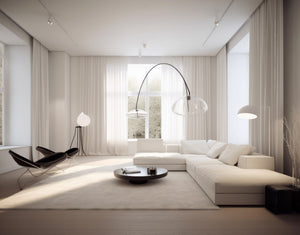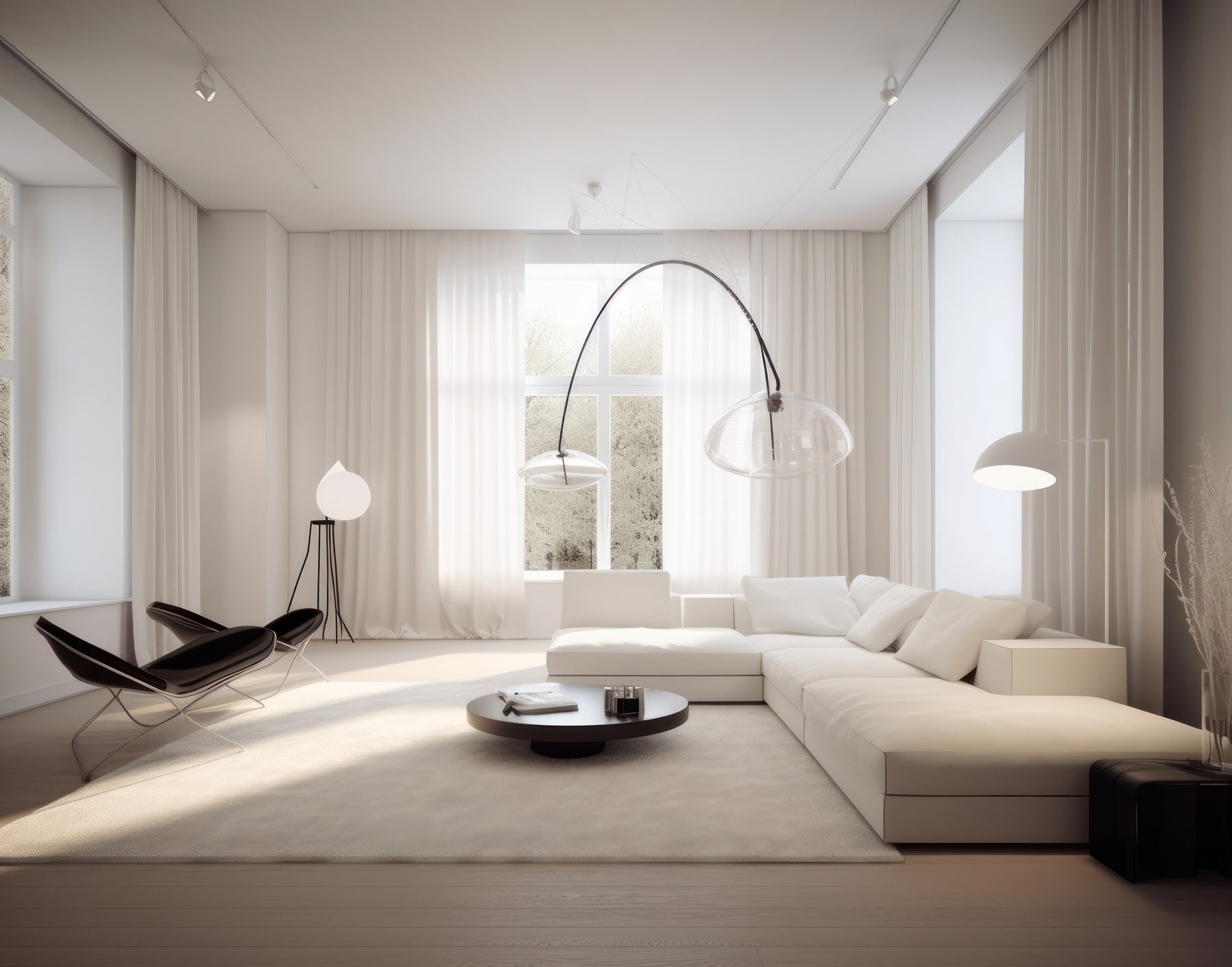11 Key Principles for Minimalist Interior Design
Feb 12, 2024
Minimalist interior design is all about simplicity, function, and calm aesthetics. It's about stripping down design elements to their essentials, creating spaces that are calming, yet highly functional.
This guide breaks down 11 key strategies for achieving minimalist style in your own home:
1. Decluttering: The Foundation of Minimalism
Minimalism starts with decluttering. This means not just tidying up, but thoughtfully choosing furniture and decor that serve a purpose and enhance the room's look. Keep only what you need and what adds to the room's feel.

2. Neutral Colors: Creating Calm
Neutral colors are key in minimalist design. They create a calm, relaxing atmosphere and work as a backdrop that makes room features stand out. Shades like white, beige, and grey are popular choices and can make your space feel open and uncluttered.
3. Maximizing Open Spaces
Minimalism thrives in open, clear spaces. This principle is about more than just physical space—it's about creating a sense of freedom and fluidity within a room. Furniture should be arranged to make your room look larger and feel more open.
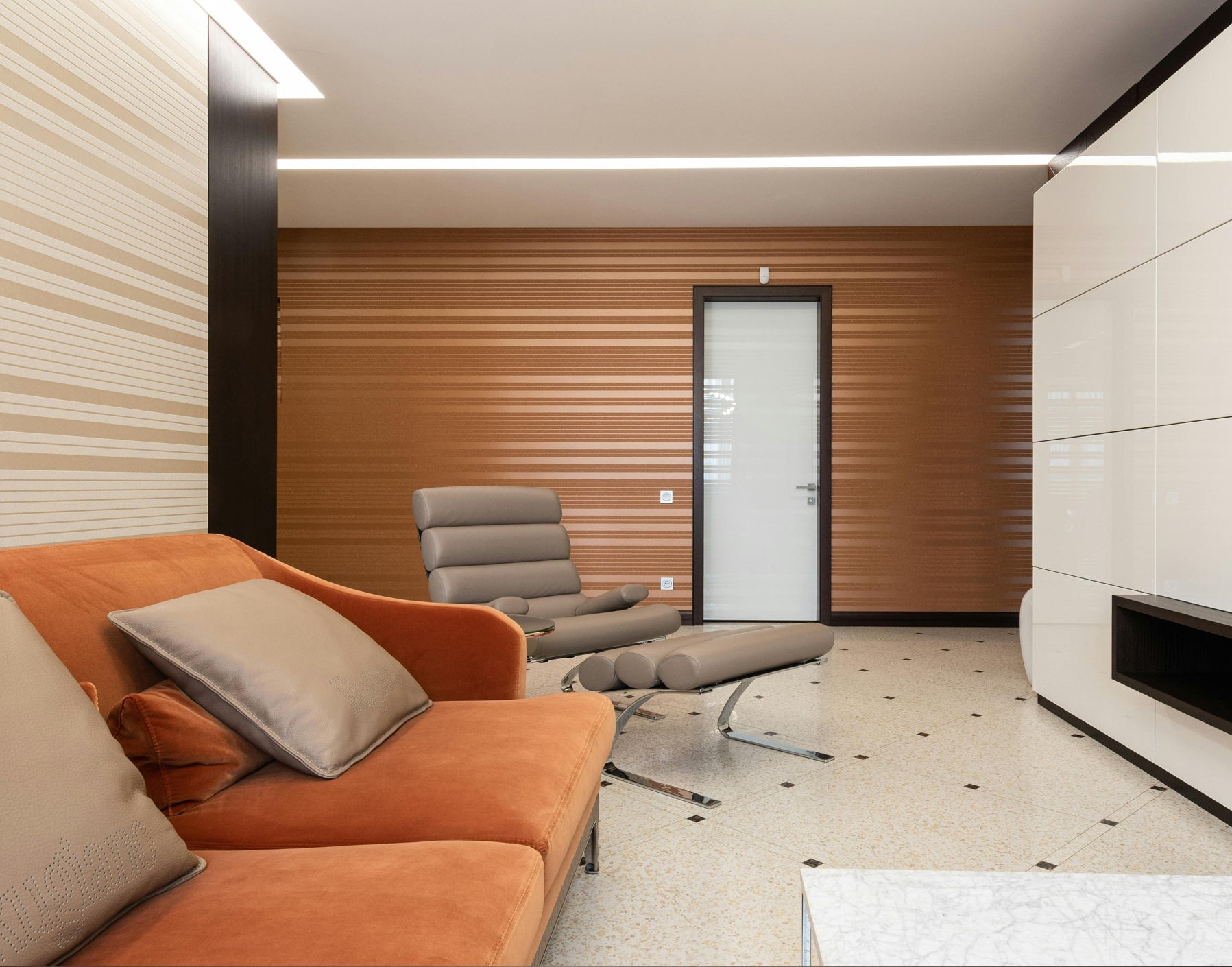
4. Quality Over Quantity
Choose a few high-quality pieces over many cheaper items. This not only lasts longer but also keeps your spaces clutter-free. Look for simple, elegant designs that are well-crafted. Quality pieces often feature simple, clean lines and are made from materials that age gracefully.
"In minimalist design, every element counts. The simplicity of a piece or a design feature can speak volumes in a minimalist space," reflects kül grilles’ Marketing Manager, Carley Dupuis on the essence of minimalism.
5. Let in Natural Light
Use natural light to make your space feel bigger and brighter. Natural light plays a crucial role in minimalist interiors and enhances the sense of space and brings out the true colors and textures of the room.
Large windows, glass doors, sheer curtains, and skylights can flood a space with light, reducing the need for artificial lighting.
6. Texture: Adding Depth
While minimalist color schemes are simple, textures add interest. Mix different textures like wood, metal, and stone to add warmth without clutter. Textural contrasts bring warmth and character to minimalist spaces, preventing them from feeling too sterile.
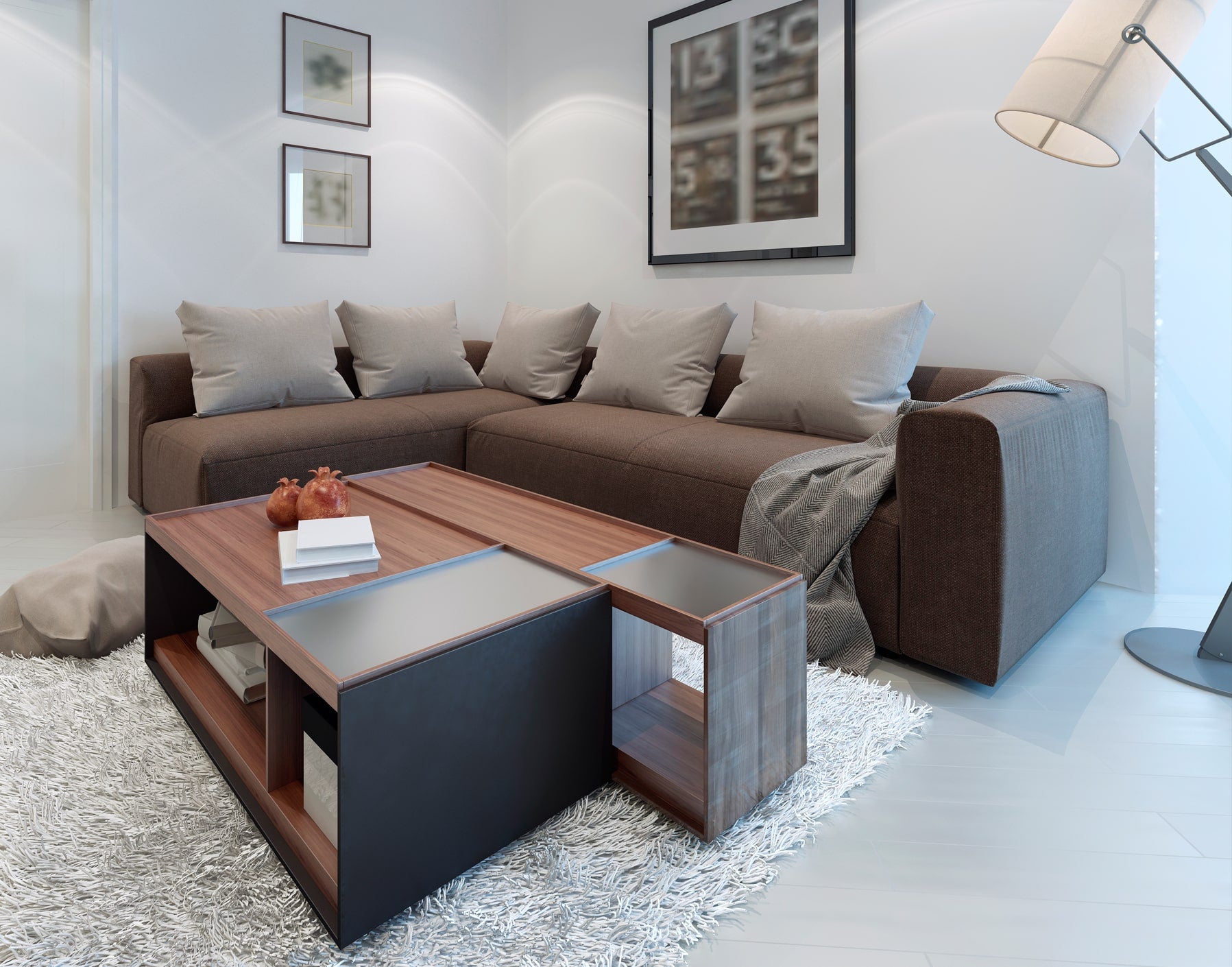
7. Functional Furniture
Every piece of furniture in a minimalist space should be both functional and aesthetically pleasing. Choose items that serve more than one purpose, like a sofa bed or a storage coffee table.
This principle extends to the layout as well – furniture should be arranged in a way that supports both the room’s function and its aesthetic.
8. Minimalist Artwork
Art in a minimalist home should be chosen with intention. Choose one or two large art pieces instead of many small ones. These pieces should complement the room's color scheme and overall mood, adding a personal touch without overwhelming the space.
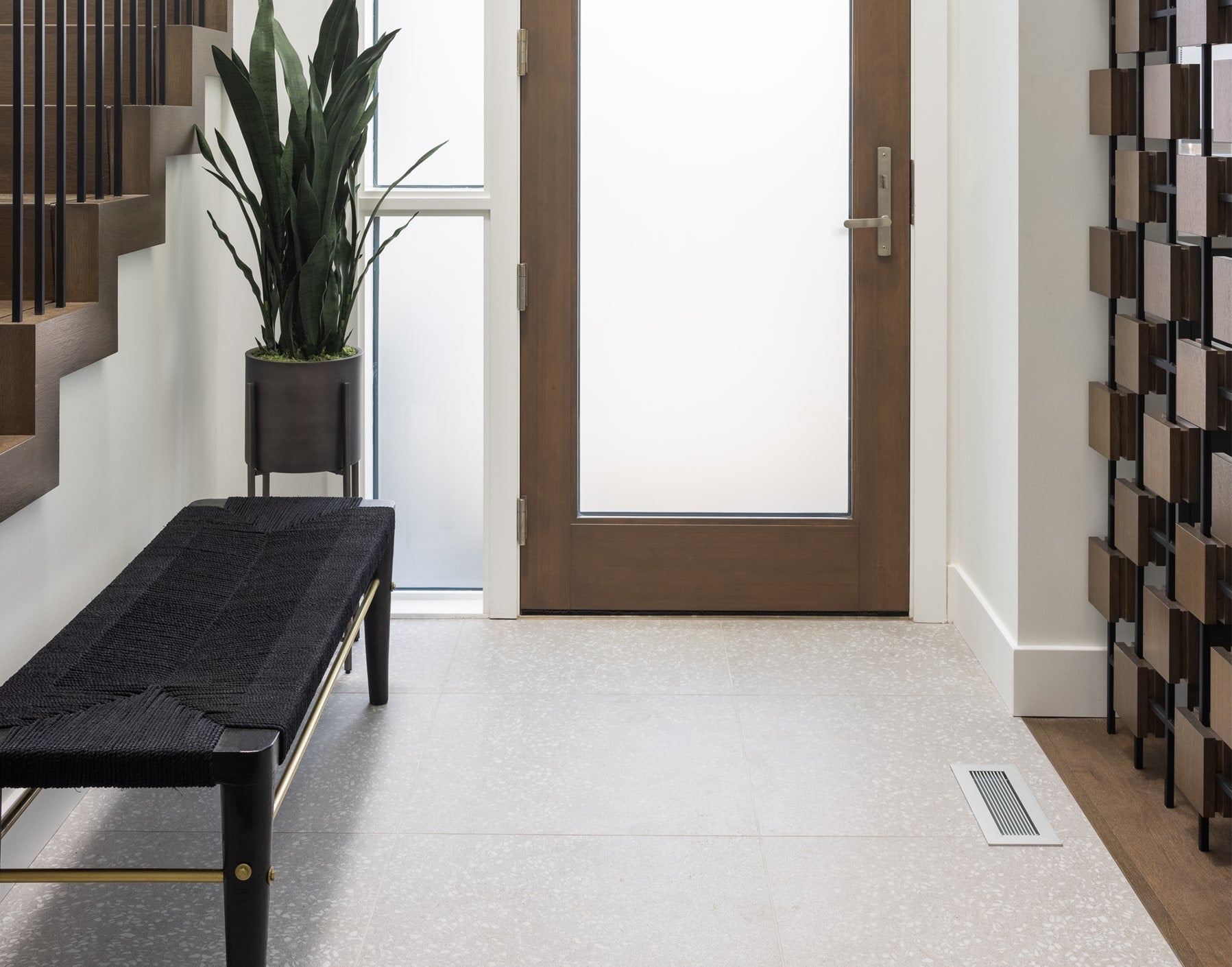
9. Simplify Accessories
Accessories should be functional and add to the room's style.
For example, kül grilles vent covers in finishes like Black Monolith or Glacier Frost are perfect for minimalist homes. They're simple and stylish, adding to the room without overwhelming it.
10. Smart Technology
Technology in a minimalist home should be seamlessly integrated. Hide wires and choose wireless devices that fit into the decor. Smart home tech can reduce clutter and improve functionality when chosen and placed thoughtfully.
11. Eco-Friendly Choices
Sustainability is a key component of minimalist design and involves choosing materials and products that are environmentally friendly and sustainably sourced.
Minimalist design naturally leads to a smaller carbon footprint—opting for energy-efficient appliances, LED lighting, and eco-friendly materials like bamboo or recycled glass supports the environment and aligns with the minimalist philosophy of intentional living.
Sustainable design also includes longevity in furnishings and decor. By selecting items that are timeless and durable, you reduce the need for frequent replacements, further minimizing waste and consumption.

Final Thoughts
Minimalist interior design is about more than just looks; it's a lifestyle that values simplicity, functionality, and calm. It's about making thoughtful choices in your home, from the colors and textures to the furniture and accessories.
By following these principles, you can create a space that's not only stylish but also peaceful and purposeful.
kül grilles and kül plates are excellent examples of how design elements can align with the minimalist ethos. Their sleek, understated designs complement minimalist interiors, proving that even small details can make a significant impact.

